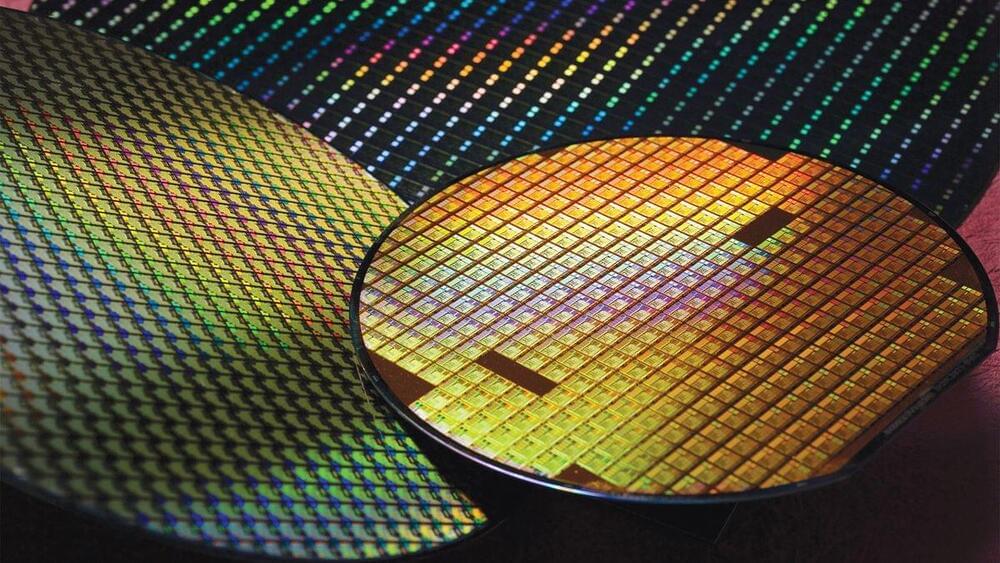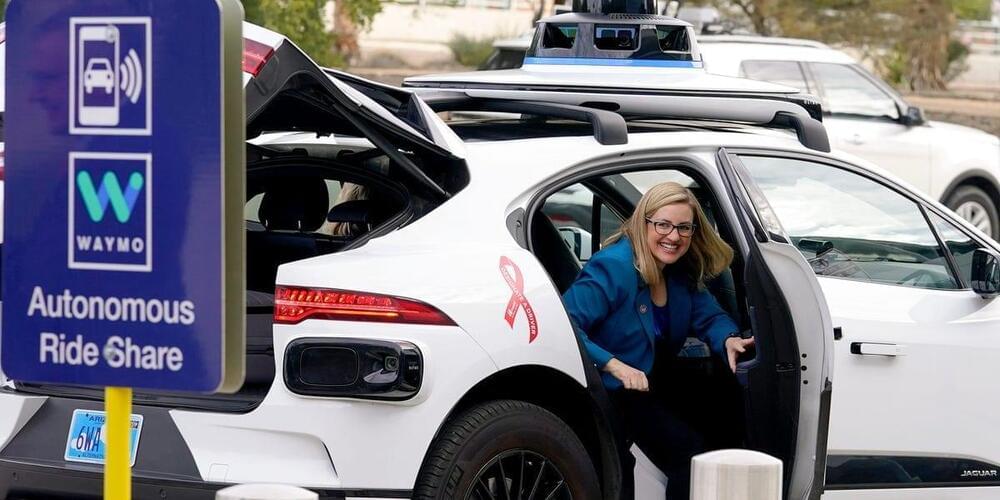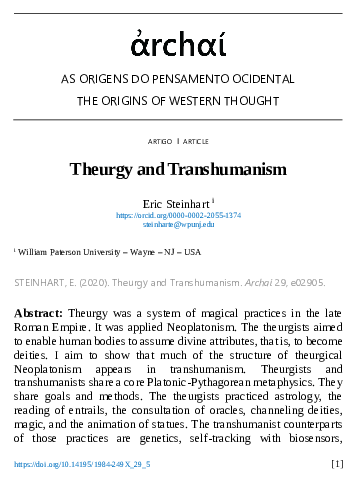Chinese AI startup DeepSeek has released what appears to be one of the most powerful open-source language models to date, trained at a cost of just $5.5 million using restricted Nvidia H800 GPUs.




Uber and Lyft drivers in Phoenix and Los Angeles are facing increasing challenges as driverless taxis, notably Waymo One, enter the market. These autonomous vehicles are making an already competitive ride-hailing industry even tougher for human drivers.
According to Jacob Zinkula’s report, driverless taxis are significantly impacting the ride-hailing landscape in key markets like Phoenix and Los Angeles. Jason D., a 50-year-old Uber driver based in Phoenix, attributes his decreasing earnings to the influx of Waymo One robotaxis. He notes that heightened competition and operational costs, along with reduced fares and tips, are exacerbating income challenges for both full-time and part-time drivers.
Waymo One, operating under Alphabet, has rolled out over 100,000 paid rides weekly across Los Angeles, San Francisco, and Phoenix. With planned expansions to Atlanta and Austin, these vehicles are set to be integrated into the Uber app. Despite potential regulatory hurdles and safety considerations, experts in the ride-hailing field anticipate a gradual decline in Uber and Lyft drivers’ earnings as autonomous vehicles become more commonplace.




The rise of generative AI has ushered in an era of unprecedented innovation, demanding increasingly complex and more powerful AI models. These advanced models necessitate high-performance infrastructure capable of efficiently scaling AI training, tuning, and inferencing workloads while optimizing for both system performance and cost effectiveness.
Google Cloud has been pioneering AI infrastructure for over a decade, culminating in a unified architecture called AI Hypercomputer that seamlessly integrates workload-optimized hardware (TPUs, GPUs, and CPUs), open software, and flexible consumption models to power the most advanced AI models. This holistic approach optimizes every layer of the stack for optimal scale, performance, and efficiency across the broadest range of models and applications. AI Hypercomputer is one of the many reasons why Google Cloud was named a leader in Forrester’s AI Infrastructure Wave. Just last week, Google Cloud was also named a Leader in Gartner’s Magic Quadrant for Strategic Cloud Platform Services, where for the second consecutive year, we are the only Leader to improve on both vision and ability to execute.

Theurgy was a system of magical practices in the late Roman Empire. It was applied Neoplatonism. The theurgists aimed to enable human bodies to assume divine attributes, that is, to become deities. I aim to show that much of the structure of theurgical Neoplatonism appears in transhumanism. Theurgists and transhumanists share a core Platonic-Pythagorean metaphysics. They share goals and methods. The theurgists practiced astrology, the reading of entrails, the consultation of oracles, channeling deities, magic, and the animation of statues. The transhumanist counterparts of those practices are genetics, self-tracking with biosensors, artificial intellects like Google and Siri, brain-computer interfaces, programming, and robotics. Transhumanist techno-theurgy shows how Neoplatonism can be a modern philosophical way of life.
See full PDFdownloadDownload PDF.

Sometimes when we went to analyze what AI is doing in our world, we should go back to one of the simplest types of metrics – what are people using it for a day to day?
Just before Christmas Eve, Bari Weiss at the Free Press interviewed Sam Altman, the creator of ChatGPT technologies and leader at OpenAI, about the general state of artificial intelligence in our world.
How, she asked, do we measure its impact?

The British-Canadian computer scientist often touted as a “godfather” of artificial intelligence has shortened the odds of AI wiping out humanity over the next three decades, warning the pace of change in the technology is “much faster” than expected.
Prof Geoffrey Hinton, who this year was awarded the Nobel prize in physics for his work in AI, said there was a “10% to 20%” chance that AI would lead to human extinction within the next three decades.